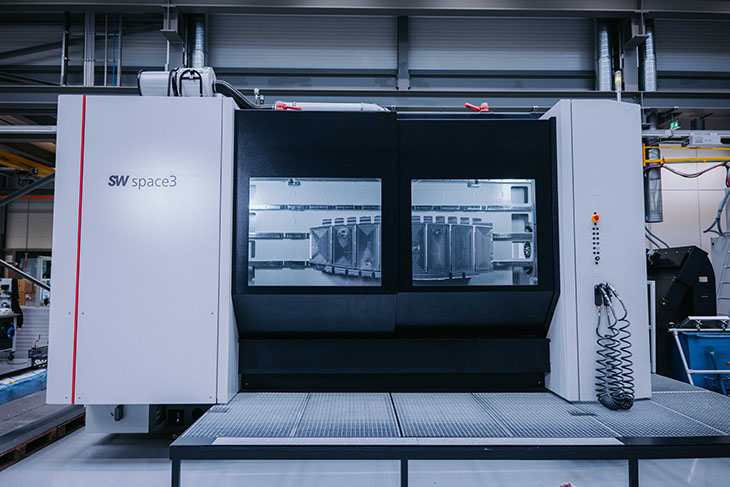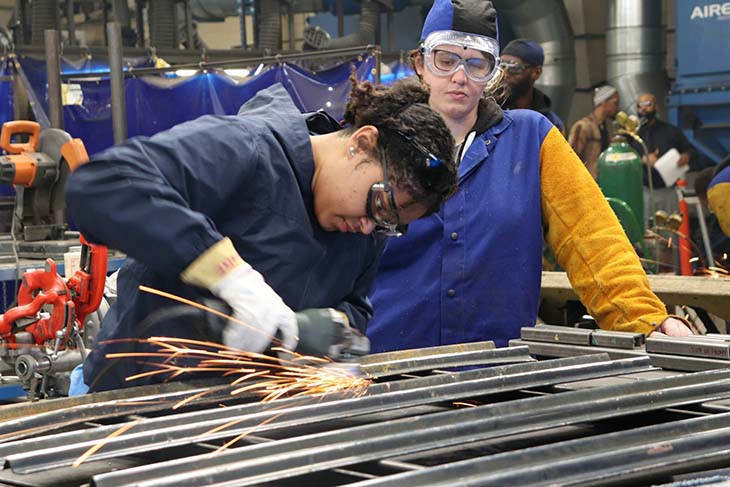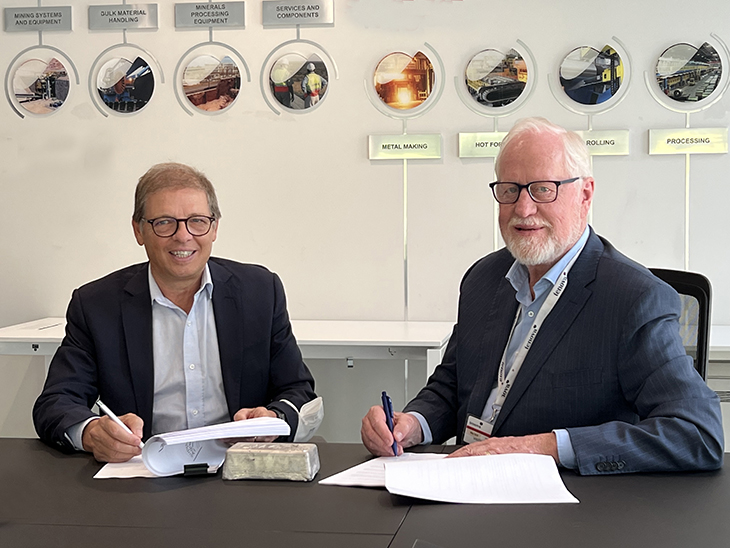Manufacturing is becoming an increasingly crowded industry. As competition rises and more companies embrace tech-driven optimization, some businesses may find it harder to differentiate themselves. Serving niche markets through custom manufacturing can be a profitable strategy amid this shift.
Importance of Niche Markets in Manufacturing
There are more than 623,000 manufacturing businesses in the United States, and that figure has steadily risen over time. As automated equipment and other efficiency-driving technologies have become more accessible, it’s gotten easier for others to enter the industry. While that’s good news for the overall economy, the rising competition makes it harder to stand out.
Despite the high number of manufacturers, most businesses in the industry are relatively small. A few large corporations control much of the market in many segments. Smaller manufacturers will struggle to outperform these industry giants in terms of cost and efficiency, so targeting underserved niche markets offers more assurance of ongoing business.
The downfall of highly efficient but broad manufacturing is that it often fails to meet highly specific needs. That’s a promising opportunity for smaller manufacturers. While these companies can’t compete when serving the most common denominator, they can afford to specialize their operations to gain dedicated business from customers with niche needs.
Specialization is becoming increasingly common across all sectors. The U.S. has experienced unprecedented small business growth recently, meaning more companies with niche needs for manufacturers to serve through custom solutions.
How to Serve Niche Markets Through Custom Manufacturing
Niche needs require custom manufacturing solutions to fulfill them. Naturally, this specialization looks different from conventional manufacturing optimization, so it will require adaptation. Here’s how manufacturers can adjust to create the custom solutions niche customers need.
Emphasize Versatility in Equipment
The first step in custom manufacturing is to implement more flexible equipment. While all machinery should be as efficient as possible, many conventional solutions sacrifice adaptability for sheer production speed. Niche manufacturers must go in the opposite direction, using tools with faster changeovers and more versatile functions to serve a wider range of specific needs.
Using flex dies instead of solid cutting dies is a good start. These thinner cutting plates are less expensive to produce and replace, offsetting the cost of adapting to meet different needs. Because they wrap around magnetic rods, they also enable faster changeovers, which custom manufacturers need to serve several niches with one production line.
Embrace New Technology
Similarly, custom manufacturing benefits heavily from new technologies. One of the most promising is 3D printing. 3D printers can create unique shape geometries that would be impossible with conventional machining because they add material instead of removing it. These solutions can also significantly reduce energy consumption when run at low temperatures, leading to ongoing cost savings.
Artificial intelligence (AI) is also worth considering. Most automated technologies are inflexible, making them unideal for custom manufacturing, but AI can adapt to real-time data. Equipping robotic solutions with AI functionality like machine vision can make these efficient technologies adaptable enough to produce a wider variety of products.
Consider Alternative Materials
Custom manufacturers can also differentiate themselves in niche markets by working with novel materials. Alternatives like organic 3D printing filaments or graphene are often too expensive to justify on a large scale but offer significant performance benefits. Capitalizing on these advantages helps manufacturers better serve customers with highly specific needs.
For example, carbon fiber is far more expensive than most common metals, but its high strength-to-weight ratio makes it ideal for wind turbines. Considering how clean energy investment has outpaced fossil fuels by nearly 10% in recent years, targeting this niche could be highly profitable.
Streamline Wherever Possible
Finally, custom manufacturers should seek to streamline their workflows wherever possible. This kind of optimization is always beneficial, but minimizing and recovering from downtime is all the more crucial when changeovers and adaptation are frequent. AI is once again helpful here, as it can analyze existing workflows to highlight potential inefficiencies and suggest improvements for greater resilience.
Streamlining in custom manufacturing sometimes looks different than in larger, general-purpose production. In many cases, niche manufacturers should prefer long-term resilience and flexibility over sheer efficiency to minimize disruptions and maximize adaptability. In light of the thousands of supply chain disruptions that occur annually, that often means increasing safety stocks and utilizing diversified sourcing.
Unique Markets Require Unique Manufacturing Approaches
As competition rises, manufacturers will face increasing pressure to serve multiple niche markets instead of providing more general services. That shift requires a new business mindsight focused on customization over pure cost reduction. These four steps will help manufacturers of any size adapt to these needs to survive in the current market.






















